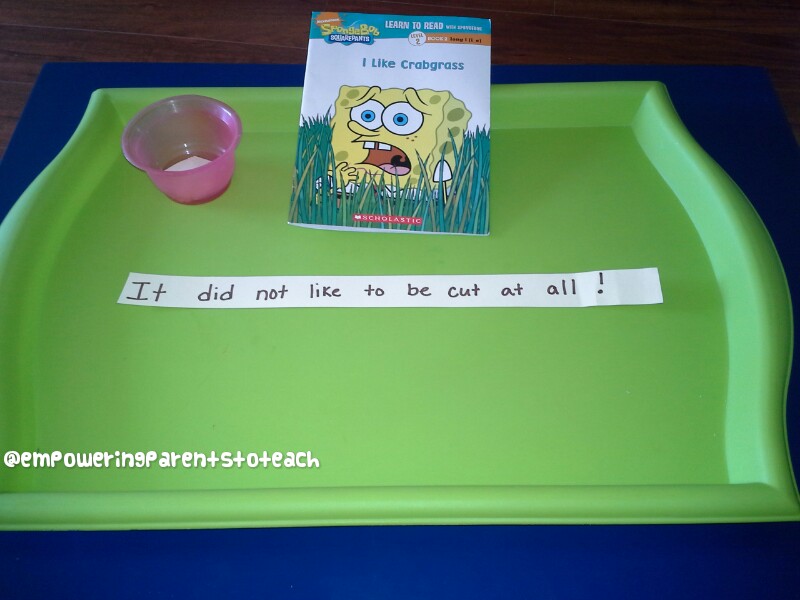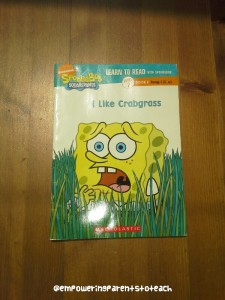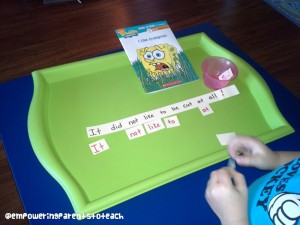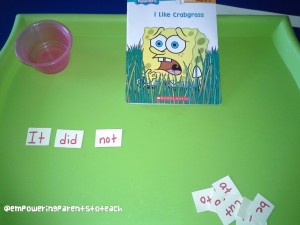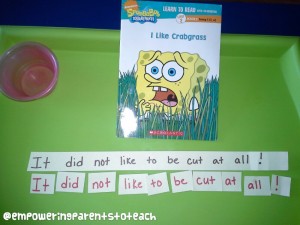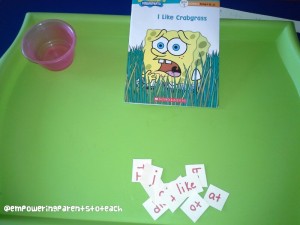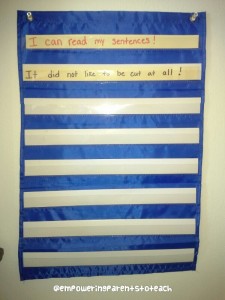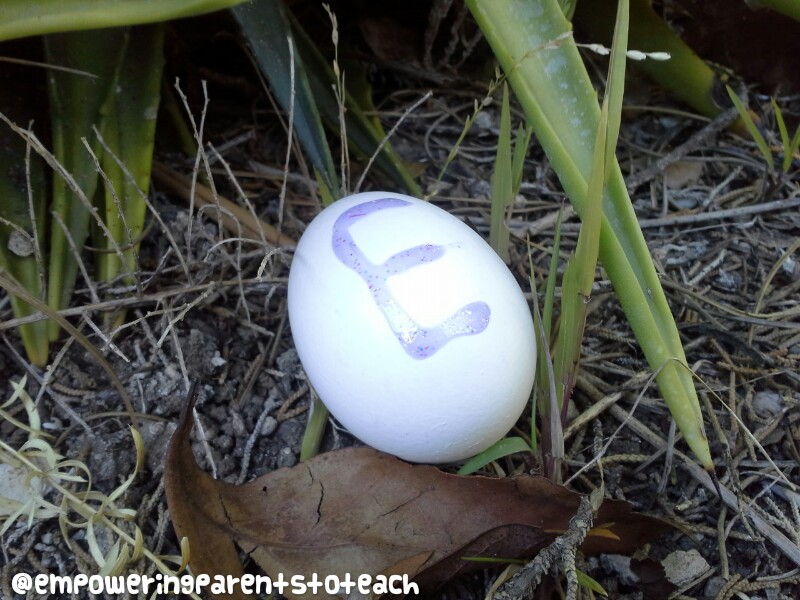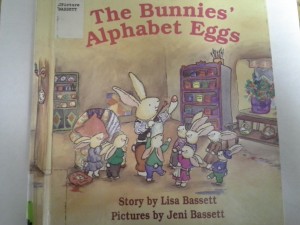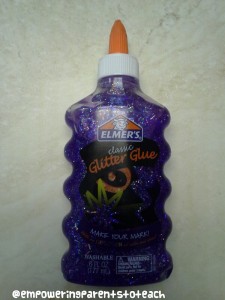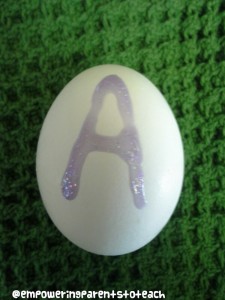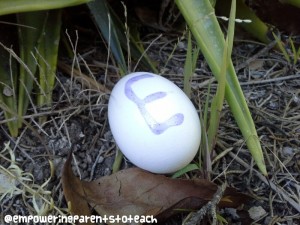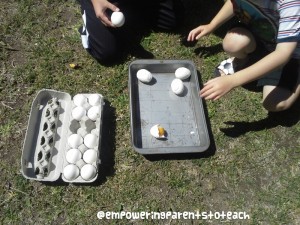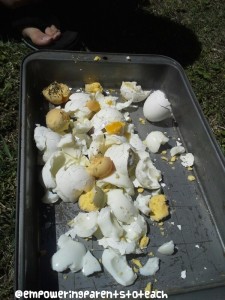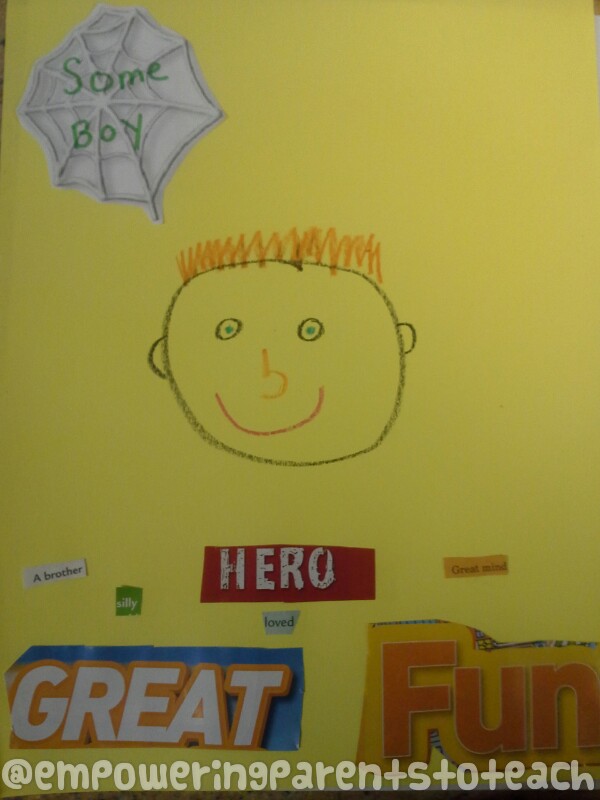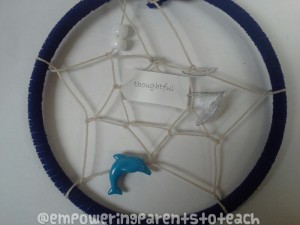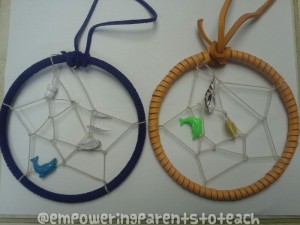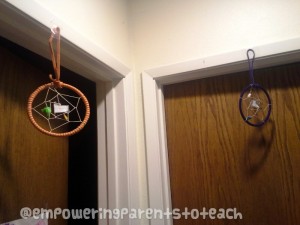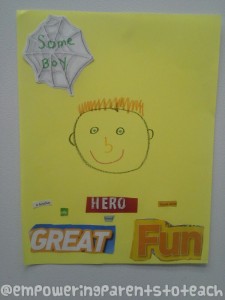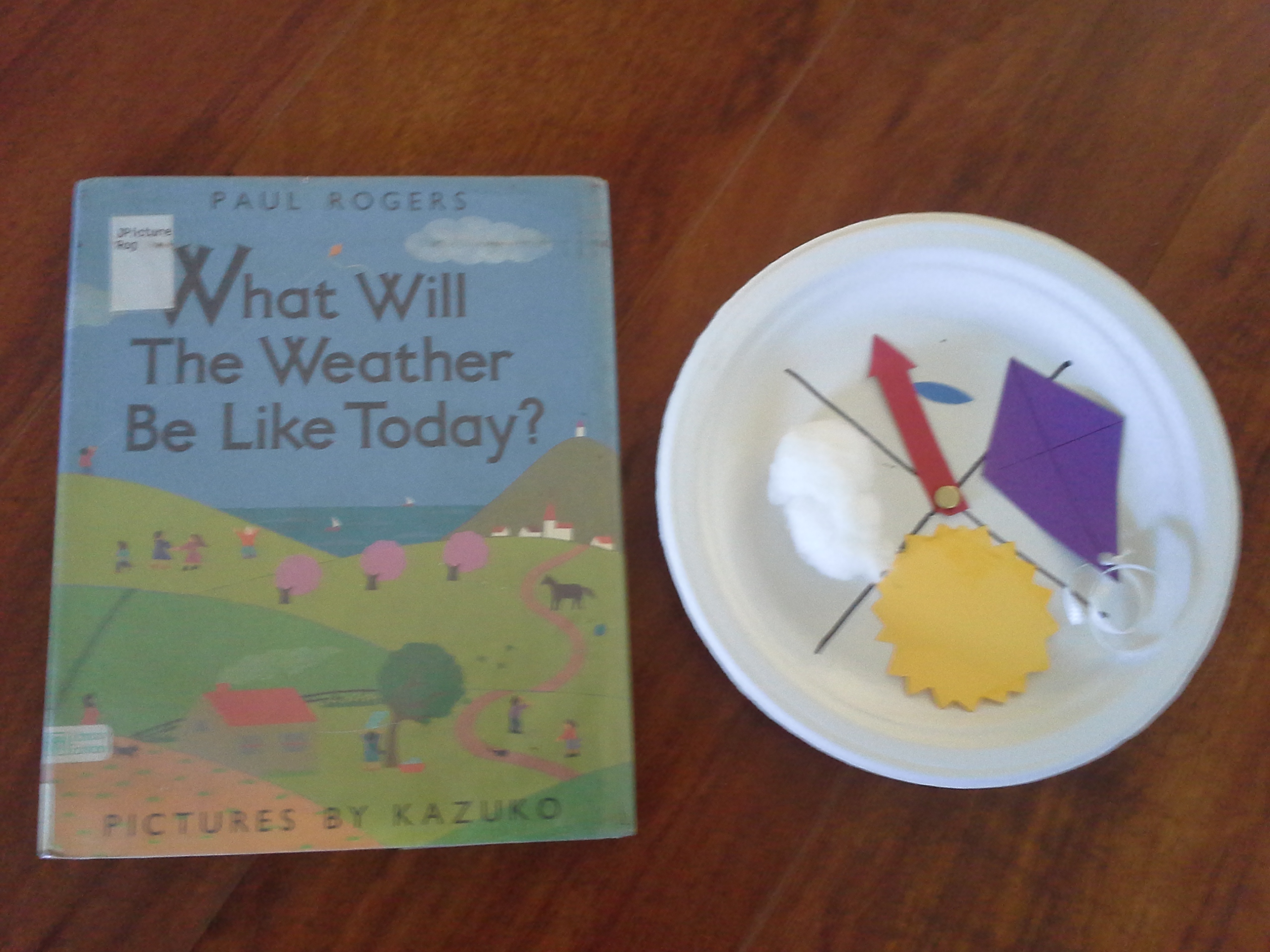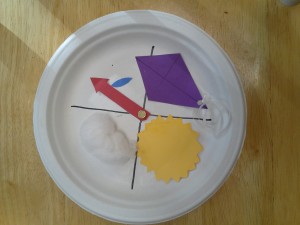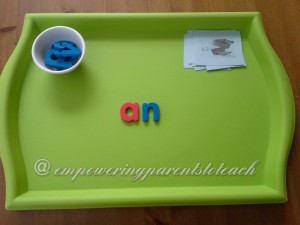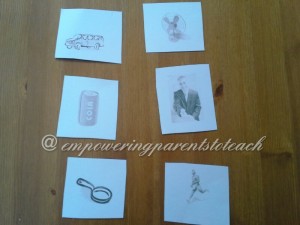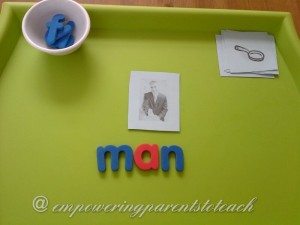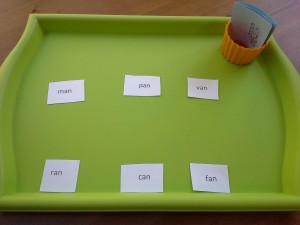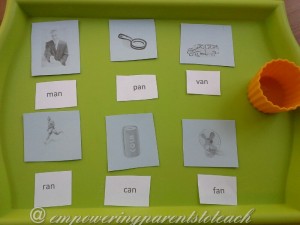Do you have a beginning reader? When your little one recognizes enough sight words to read simple books, he or she may enjoy this activity. It helps young readers reinforce words they already know, practice new words, and understand the concept of a sentence.
My son is a beginning reader and he just started routinely reading out loud to me every night before bed. This routine was started by him mainly to put off going to bed, but I went with it. Now that he is motivated to read, I began this activity using sentences that he was capable of reading from his nightly books. Like any learning activity, I only do it if he enjoys it and is motivated. If he isn’t interested, I don’t push him. He actually asks to do things like this because he wants to ” do homework” just like his older brother! This activity is one that he enjoys.
Here’s what we did:
1. He found a book that he wanted to read. He could read some of the book independently and I helped him with the words he did not know. He picked I Like Crabgrass from an early reader set.
2. The next day, I picked out a sentence that he was able to read all on his own without my help. In this case the sentence read, “It did not like to be cut at all!”. I wrote the sentence on a sentence strip. Teaching Tip: I purposefully chose a sentence that he could easily read on his own so he would be successful in this activity. I can always increase the difficulty if need be, but at this early stage I want him to feel capable of reading.
3. I showed him the cover and asked him if he remembered the book. I opened the book and showed him the page with the sentence I chose. I pointed to it and asked him to read the sentence. He did this easily. Teaching Tip: By showing him the book and page where the sentence came from, I was reminding him of the context of the sentence.
4. I drew his attention to the sentence on the strip of paper. I told him that he was going to build the sentence that he just read. In the small cup was each word of the sentence. He took out one word at a time and matched it to the sentence.
5. After he was done, he read the sentence that he created to make sure it was correct. We also looked to see that each word matched visually.
6. After this, I took away the sentence on the strip and jumbled up the words on the tray. I spoke the sentence one word at a time and he searched for the word I said. I brought out the sentence strip at the end so that he could check his work. Teaching Tip: This is a little more difficult because the visual cue of the sentence on the strip was removed.
7. After this, my little one wanted to dictate the sentence to me and see if I could make the sentence. He was now the teacher!
8. Lastly, you can have your child build the sentence once more, completely on his or her own. Jumble up the words once again, and have the child build the sentence without the sentence strip or the parent dictation. We did not do this step because my little seemed ready to be done. However, the fact that he was able to dictate the sentence to me earlier indicates to me that he probably would have been able to do this if asked.
9. Once he was done, I put the sentence into a chart that is designed to hold sentence strips. I hung this where he would easily see it on a regular basis. This allows him to read the sentence any time he wants to. As we read more books, I can pull more sentences for him to practice making and add them to his chart.
Why did I do the activity this way?
- First of all, I structured the activity to have a lot of support in the beginning and gradually took away the support. If he had trouble on any step, I could stay on that level of support.
- I took the sentence from a book he chose. I did not have to prod or offer incentives for him to read. He likes this book so he has a desire to learn how to read it.
- It was a real sentence from a real book, which provided context for the words he was reading.
- This sentence has a lot of commonly used words in it. So even though he was practicing one sentence from one book, the word recognition from this sentence can help him read many other stories.
- I included the punctuation mark because I wanted to show the structure of a sentence as well.
We kept it short and sweet so the learning activity ended on a fun positive note! We can repeat this activity with different sentences from other books he reads and add them to our chart. The more words a child can read by sight, the better his or her reading fluency will become!
This post is linked to:

